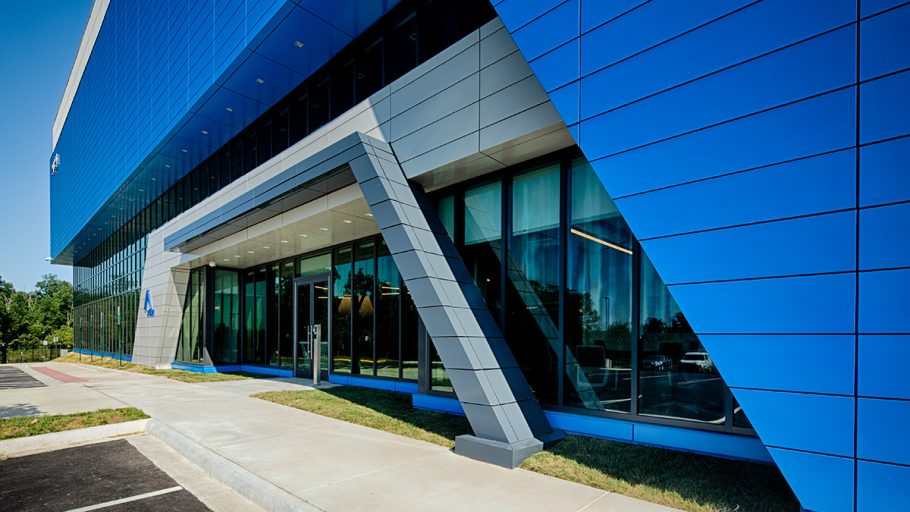Hyperscale, enterprise, and investor interest in AI technology and deep learning (DL), a subset of machine learning (ML), has reached a tipping point. Venture capital investments in generative AI alone reached more than 1.37 billion USD (more than in the previous five years combined) in 2022—the year that, incidentally, marked the arrival of ChatGPT.
Generative AI is poised to have a positive effect on the operations and revenue of aerospace, automotive, defense, electronics, engineering, energy, healthcare, manufacturing, and media sectors. The early-stage benefits of generative AI include enhanced customer experience, faster product development, and improved employee productivity. So it may come as no surprise that as many as 77 percent of business executives expect generative AI to have the largest impact on their organizations over the next three to five years, as compared to other next-gen technologies like 5G, augmented and virtual reality, or blockchain, according to a recent KPMG survey.
As C-suite and IT decision-makers across virtually every industry and government sector integrate AI technologies into their operations, the demand for data centers—and for available computing power in data center infrastructure—will continue to escalate and take on greater urgency.
The infrastructure and engineering teams needed to house and run AI workloads will require data center providers to accommodate surges in density and processing capacity utilization, as well as a reimagined cluster network infrastructure, among other challenges. Managing these surges in utilization is pushing data center operators and their customers to take a closer look at cooling technologies that can handle the heat. The server density that AI requires generates significant warmth, which in turn presents significant concerns around heat removal, energy efficiency, and sustainability.
So, the pressing question emerges: Just how AI-ready is your data center?

Cooling Systems Above and Below the Waterline
From a technical perspective, we are witnessing increased power densities for IT systems that support AI applications. This surge in computing power brings challenges to existing data centers, particularly legacy facilities not designed to support these types of applications.
Overhauling legacy data center platforms to install high-performance computing (HPC)-capable infrastructure can be a CapEx- and time-intensive process. Moreover, AI, ML, and DL workloads may require varying densities and processing capabilities in the same data halls due to differing computer platforms (CPU, GPU, etc.). Scalable infrastructures, network topologies and cooling technologies designed to accommodate the growing demands of AI will allow organizations to scale their AI infrastructures optimally, efficiently, and sustainably.
ABOUT THE AUTHOR
Eric Jacobs has over 20 years of sales leadership experience in the data center, cloud and telecommunications sectors. As the Chief Revenue Officer for Aligned, he is responsible for all facets of sales and solution architecture, including the development of sales and channel go-to-market strategies, execution of contract negotiations, implementation of robust sales support processes to ensure pipeline growth, revenue acquisition/projections, and customer success. Before joining Aligned, Jacobs worked at QTS, CMI, Pac-West, Zayo and Nextel.



